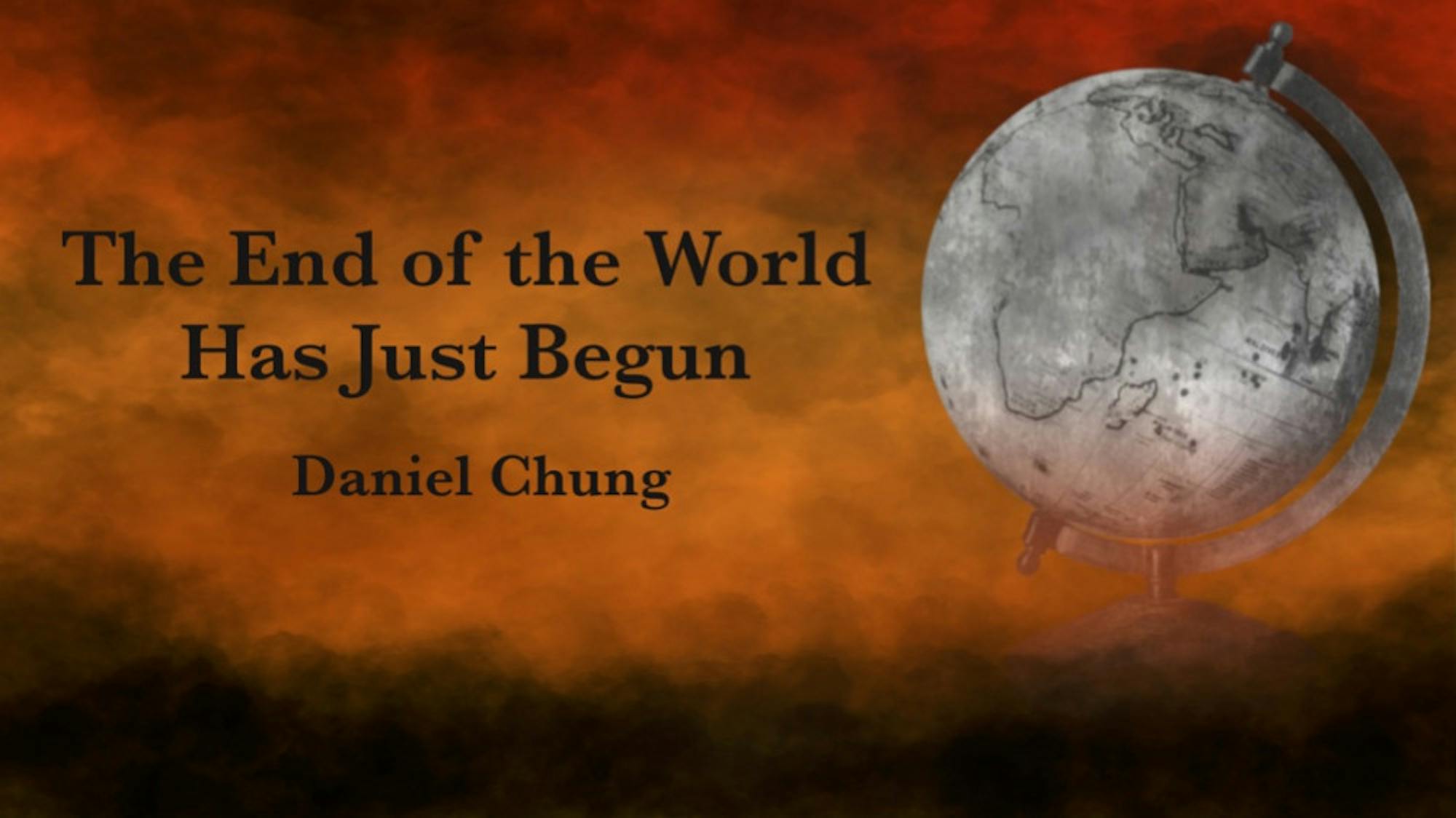A recent case study that signals the breakdown of the globalized system is the crisis in Sri Lanka. To those who observe from the sidelines, it seems that the crisis flared up on July 9, when demonstrators stormed the presidential palace. This sequence of events forced then-President Gotabaya Rajapaksa to flee to the Maldives and eventually step down from his position, handing it over to Ranil Wickremesinghe, a veteran of the political scene.
However, the origins of the crisis in this year stem back to January, when economists called on President Rajapaksa to default on loans, warning that the country was soon to run out of money for essentials. Later, a foreign currency shortage brought on by imports greatly outpacing exports led to an energy crisis and up to 10-hour power cuts. Since July, the crisis has only grown, with the new government forced to increase taxes in an attempt to ensure another bailout from the International Monetary Fund.
Why is the crisis in Sri Lanka significant?
Of course, many of the causes of the domestic crisis are unique to Sri Lanka itself. One example of this is the government's forcing farmers to use organic fertilizers in an attempt to reduce dependence on imported fertilizers, which resulted in one of the worst harvests in recent history. Another flaw in the government’s long-term strategy was the 2009 focus on boosting domestic consumption of goods instead of enhancing the export industry.
This had been doomed to failure from the beginning because of Sri Lanka’s demographic dividend. Sri Lanka’s working-age population made up roughly 67.2% of the country in 2010, just after the decision was made but has since shrunk to 64.8%. The 2.4% of the population which has become part of the retiree class generally contributes less to domestic consumption. This demographic change, with fewer and fewer children born, should have pushed the country into a high-value-added export-based economic model that would continue to work as the domestic consumption base shrinks. Unfortunately, the government continued on a path of boosting domestic consumption of goods where there was no demographic base for this.
Many of the broader underlying factors behind Sri Lanka’s current situation apply to the rest of the world and portend the end of the globalized system. It signals the breakdown of fragile ‘just in time' supply chains and localization of critical industries from agriculture to energy to manufacturing.
Sri Lanka, as a small island nation, is extremely dependent on foreign imports to sustain its economy and industrialized way of life, especially in terms of energy, agriculture, and fertilizers. These products allow the government to sustain a historically high population and keep the lights on. In terms of energy, Sri Lanka imports 500,000 tons per year of LNG, a gas product, largely from Iran, most of its crude oil from the UAE, and significant amounts of refined petroleum from Singapore, India and China. Meanwhile, in terms of agriculture, wheat comes from Canada, Russia, the U.S. and Ukraine, with supplies from Russia and Ukraine making up over a third of the wheat imports in 2020. Sri Lanka is similarly dependent on imports for fertilizer, with China and Belarus as the main providers — China exports phosphate and Belarus potash.
Sri Lanka’s economic crisis has thus been a result of the breakdown of global supply chains which propped up its economy, leading to economic disaster and a threat of state deterioration. The first major point in Sri Lanka’s specific case is how the Russian invasion of Ukraine has disrupted wheat and fertilizer markets, probably permanently. After all, Russia and Belarus are major exporters of potash, a fertilizer ingredient, and Russia and Ukraine make up some of the greatest markets for wheat production, both export markets of which are going offline due to sanctions on Russia and Belarus, Russia’s obliteration of Ukrainian production and blockades of vital ports.
Meanwhile, China, the world’s largest phosphate producer, is imposing export restrictions as it attempts to move towards autarky — economic independence — to avoid the impact of sanctions. China is highly dependent on foreign trade, and thus needs to be ready to insulate itself. In case of a war with Taiwan, or any other neighbor in the South China Sea, economic sanctions would certainly be placed on the Chinese economy and its lifeline to the rest of the world’s resources, on which it depends, would be cut off.
All this continues to provide support for the idea that, at least, in some shape or form, the globalized system is breaking apart. And while Sri Lanka has its own problems to deal with, globalized supply chains are collapsing in ways that continue to threaten not just the island nation but the whole world. Most recently, India itself moved to restrict rice exports, which would greatly damage global agriculture and cause food inflation at a time of already-unprecedented uncertainty.
We now stand at a precipice where all the gains brought on by globalization in human prosperity are threatened at a fundamental level. Not only could the gains halt, but, in most areas of the world, progress would likely turn in screeching reverse to the other direction, manifesting itself in deindustrialization or agony-filled famines as agricultural and other trade collapse.






